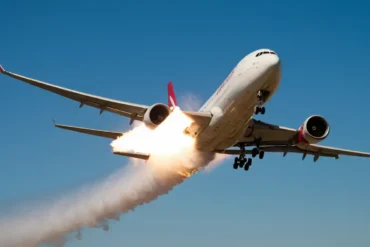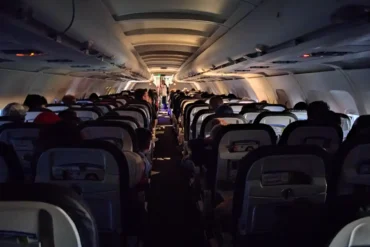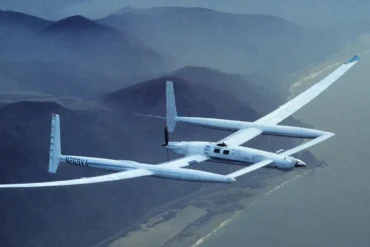Picture this: the vast, breathtaking landscapes of Tibet, where mountains touch the sky. It’s a place so high that even airplanes seem to shy away. Isn’t it fascinating? Let’s embark on a journey to understand why pilots chart their courses around this remarkable region.
Join us as we explore the intriguing reasons behind this aerial phenomenon. We’ll delve into the complexities of aviation safety that prompt pilots to avoid flying over Tibet, examining everything from extreme altitudes to technical necessities.
Get ready for an exciting expedition through the skies as we uncover the factors that keep airplanes at bay from Tibetan airspace!
Safety First: The Tibetan Challenge
Tibet, despite its enormous size, sees very little air traffic. In fact, if you were to look at flight radar applications, you’d notice a conspicuous absence of aircraft over this vast expanse, even as planes crisscross the globe elsewhere.
To put things into perspective, Tibet covers an area of 1.2 million square kilometers – that’s about the size of France, Spain, and Portugal combined! With over 2.6 million inhabitants and numerous remote areas primarily accessible by air, you’d think the skies would be buzzing. Surprisingly, Tibet has only eight airports or airfields, all situated above 3,500 meters above mean sea level (AMSL), which is the maximum pressure altitude above sea level. These airports are clustered in the southern part of the region.
This brings us to the heart of the matter when it comes to navigating Tibetan airspace. The average altitude in Tibet is around 5,000 meters, with some peaks soaring beyond 8,000 meters – including the famous and crowded Mount Everest. While modern passenger aircraft can easily cruise above Tibet’s average altitude and even higher, the real concern lies in potential emergencies. It’s a scenario reminiscent of J.A. Bayona’s movie “The Snow Society,” a situation best avoided in real life.
Let’s talk about cabin pressure. Modern passenger aircraft maintain a comfortable environment through pressurization. However, if the cabin pressure system malfunctions or a decompression event occurs, oxygen masks deploy to help passengers breathe. But here’s the catch: these oxygen reserves only last for 15-20 minutes. In such scenarios, pilots must quickly lower the aircraft to an altitude below 3,000 meters to ensure passenger safety. Additionally, in the case of twin-engine aircraft, an engine failure requires descent to a specific altitude for safe flight.
The problem is that much of Tibet’s terrain is well above these minimum emergency and safety levels. This means that in critical situations like pressure discrepancies or engine failures, aircraft would have nowhere to safely descend. To make matters worse, the lack of suitable emergency landing sites in Tibet compounds the safety concerns. Unlike in movies, the unforgiving mountain slopes make crash landings a perilous prospect in reality.
As a result, aircraft not specifically bound for one of the eight designated Tibetan airports – with a few exceptions – choose to navigate around the region. It’s a precautionary measure in case of technical emergencies, opting for longer routes in the interest of safety.
Now, one might wonder if China’s territorial sensitivities also play a role in this avoidance. It’s possible that this adds another layer of caution, discouraging lingering in the area. After all, when it comes to aviation safety, it’s always better to err on the side of caution. Who can truly predict all the factors at play?


















